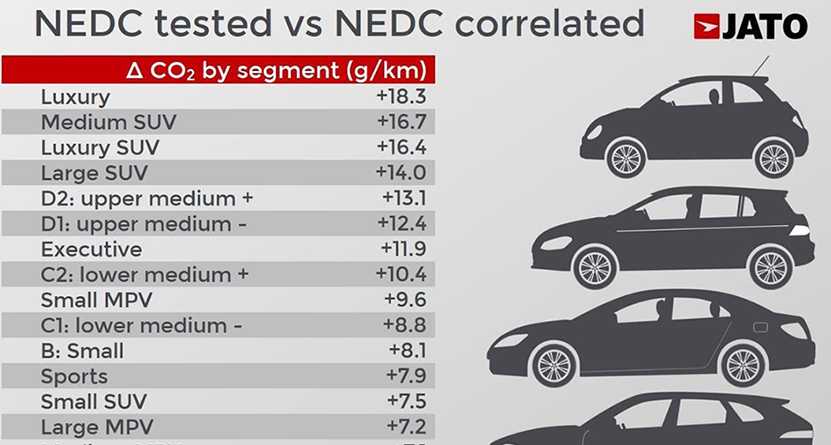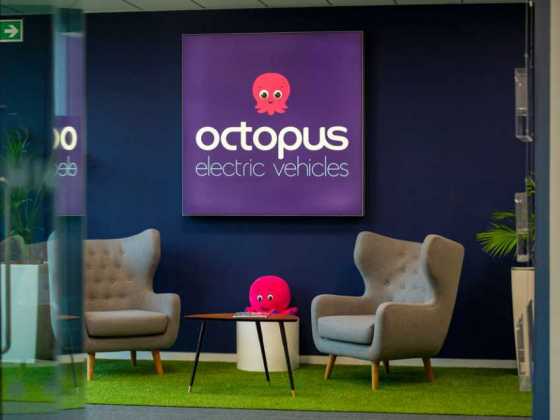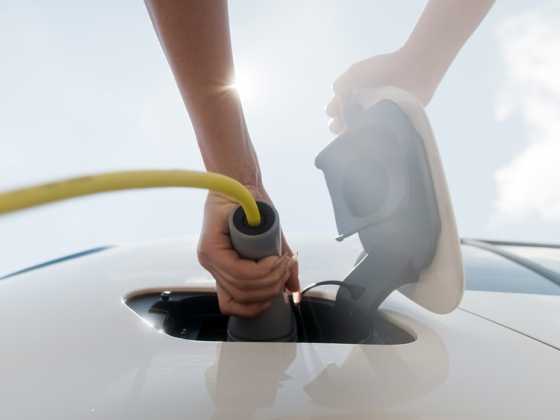WLTP could result in higher CO2 emissions than expected

The gap between NEDC CO2 values obtained under Worldwide Harmonised Light Vehicle Test Procedure (WLTP) – and existing NEDC data, is wider than previously estimated, according to JATO Dynamics.
The findings from JATO's analysis of the impact of WLTP on the automotive market, indicate that re-homologation to the WLTP test cycle is having a more significant impact than previously thought on NEDC correlated values obtained under WLTP.
The new figures indicate that the disparity between NEDC test data and NEDC correlated data under WLTP test cycle is higher than the 8g/km JATO monitored back in April 2018.
This could result in significant financial penalties for automotive manufacturers in EU member states where CO2 drives taxes.
Due to increased test numbers, JATO has a larger and more robust sample of vehicles from which to calculate the volume weighted impact on NEDC correlated CO2 values under WLTP testing.
The analysis found a difference of 9.6g/km between the CO2 amount calculated under NEDC testing and WLTP tested (NEDC correlated) values. This is nearly 2g/km higher than the 8g/km previously seen in April 2018.
Difference in CO2 values by segment are shown in the table above.
The majority of cars currently re-homologated are within the A and B segments, meaning this difference could increase even more when additional segments are included where weight is considered to be at +10.3g/km
A spokesperson for JATO commented: “What our latest data shows is that the impact of re-homologation to WLTP testing could be even higher than previously thought.
“Following our analysis of a sample of the vehicles currently re-homologated, if this is extrapolated to the whole fleet, CO2 values could reach 130g/km in 2019, which is a significant 12g/km increase on the 118g/km currently seen in Europe and above the target set by the EU.
“As a result, car manufacturers could face a penalty of €95 per gram over the target per vehicles sold. This could amount to a huge financial penalty for the European car industry who registered more than 16 million vehicles in 2017.
“What is also worrying for the industry is that the publication of re-homologated models/versions is not progressing as quickly as expected. It has taken 11 months for 20% of existing model/versions in the market to be re-homologated and published, meaning the industry could face a backlog of vehicles that cannot be registered if it isn’t completed by 31 August.”



